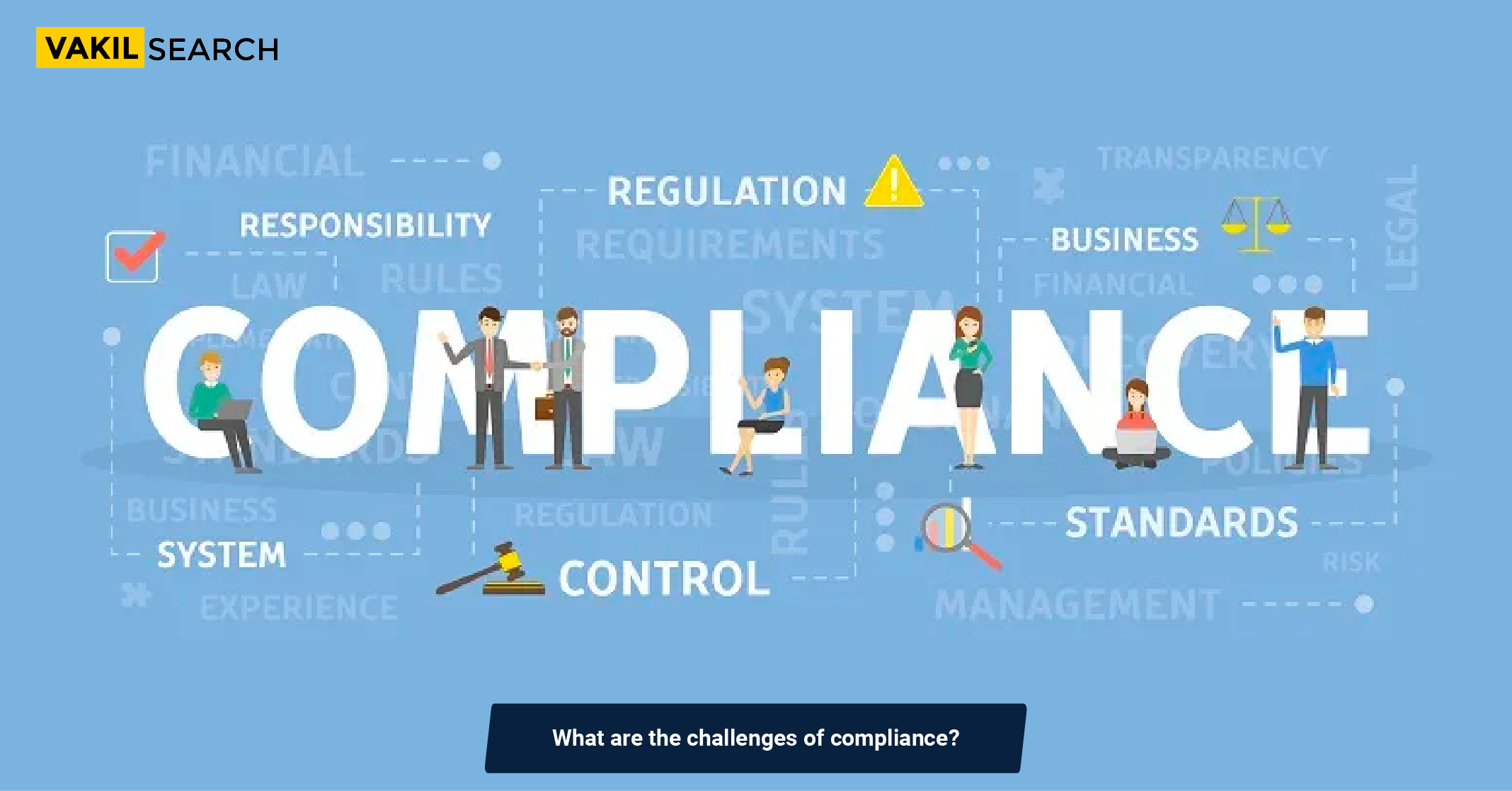Discover the challenges businesses encounter in achieving compliance and practical solutions to overcome them. Stay informed and compliant effectively.
Introduction
Compliance is the adherence to laws, regulations, standards, and internal policies applicable to a business. It ensures that organisations operate within legal boundaries and meet industry-specific requirements. However, achieving and maintaining compliance is not without its challenges. This article aims to outline the common hurdles that businesses encounter when striving for compliance and provides practical solutions and best practices to overcome these challenges.
Understanding the Compliance Landscape
Before exploring into the challenges, let’s briefly understand the compliance landscape businesses operate in:
- Regulatory Frameworks: Laws and regulations set by governing bodies or industry authorities.
- Internal Policies: Company-specific rules, guidelines, and codes of conduct.
- Standards and Best Practices: Industry-recognised standards and benchmarks.
Common Challenges of Compliance
Changing Regulations
Regulations are constantly evolving, and staying updated is a major challenge for businesses.
Solutions and Best Practices:
Regular Monitoring: Establish a system to regularly monitor regulatory changes that impact your industry.
Engage with Experts: Collaborate with legal experts or consultants specialised in compliance to interpret and anticipate regulatory changes.
Financial Constraints
Compliance efforts can be financially demanding, especially for small and medium-sized enterprises (SMEs).
Calculate startup costs efficiently with our business calculator. Our business setup calculator ensures accurate budgeting!
Solutions and Best Practices:
Budget Allocation: Allocate a specific budget for compliance-related activities, ensuring it’s proportional to the organisation’s size and needs.
Prioritise Compliance Areas: Focus on high-priority compliance areas to optimise resource allocation.
Leverage Technology: Use cost-effective compliance management software to streamline processes and reduce operational costs.
Lack of Expertise and Knowledge
Understanding complex legal jargon and intricate compliance requirements can be daunting for businesses.
Solutions and Best Practices:
Training Programs: Invest in training programs and workshops to educate employees about compliance, creating an informed workforce.
Consult Experts: Seek advice from compliance consultants or legal experts to navigate complex compliance issues effectively.
Collaborative Learning: Foster a culture of collaborative learning within the organisation where employees can share knowledge and best practices regarding compliance.
Global Compliance Variations
For businesses operating in multiple regions, complying with varying international regulations is a challenge.
Solutions and Best Practices:
Localised Compliance Teams: Establish compliance teams in each region to ensure understanding and adherence to local laws.
Centralised Tracking: Implement a centralised tracking system to monitor compliance requirements in different regions efficiently.
Integration of Compliance into Company Culture
Embedding company compliance into the organisational culture and ensuring everyone’s commitment can be difficult.
Solutions and Best Practices:
Leadership Example: Leadership should set a strong example by prioritising and demonstrating compliance in their actions.
Communication and Training: Communicate the importance of compliance regularly and provide training to employees at all levels.
Additional Steps to Strengthen Compliance Efforts
Building a robust compliance structure involves more than just addressing challenges. Here are some additional steps to strengthen compliance efforts:
Automating Compliance Processes
Leverage automation to streamline compliance tasks, reducing errors and saving time. Automated reminders, reporting, and document management systems can significantly enhance compliance efficiency.
Regular Internal Audits
Conduct periodic internal audits to ensure compliance measures are effectively implemented. These audits can identify gaps and areas for improvement, enhancing the overall compliance posture.
Whistleblower Policies and Anonymous Reporting
Implement a whistleblower policy encouraging employees to report potential compliance violations anonymously. This provides a crucial early warning system for potential issues within the organisation.
Engaging with Industry Associations
Participate in industry associations related to your business. These associations often provide updates on compliance requirements specific to your industry, aiding in staying informed and compliant.
Customer and Vendor Due Diligence
Extend compliance efforts to customers and vendors. Perform due diligence to ensure they adhere to necessary compliance standards, minimising risks associated with non-compliant partners.
Incorporating these additional steps will further fortify a business’s compliance framework, leading to a culture of integrity, responsibility, and sustainable growth.
Conclusion
Staying compliant is essential for any business to operate ethically, maintain its reputation, and avoid legal repercussions. However, the path to compliance is not without hurdles. The challenges discussed, from evolving regulations to financial constraints, are common roadblocks that organisations face. To overcome these challenges, adopting the right strategies and best practices is vital.
By staying informed about changing regulations, allocating appropriate budgets, investing in employee training, addressing global variations, and integrating compliance into the company culture, businesses can navigate the compliance landscape more effectively. Embracing compliance not just as a requirement but as a part of the organisational DNA is the key to not only overcoming challenges but thriving in a compliant and responsible business environment. Vakilsearch plays a crucial role in assisting businesses through this journey. Our expertise and guidance can significantly enhance a company’s ability to comprehend, implement, and stay up-to-date with the ever-evolving landscape of compliance, making it an invaluable asset for any organisation striving for sustained growth and compliance excellence.
Read more,




